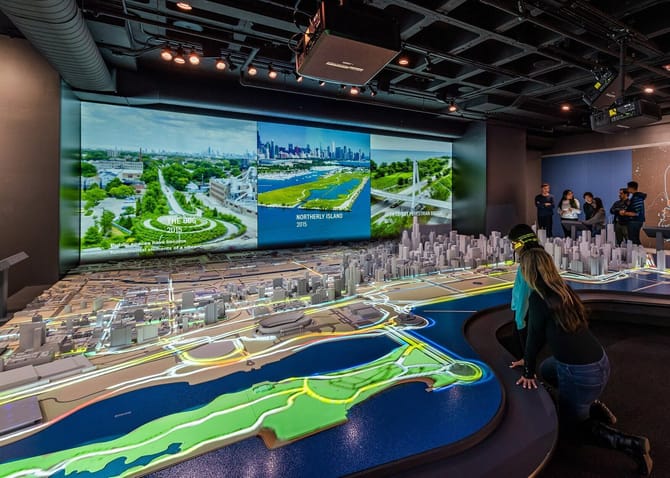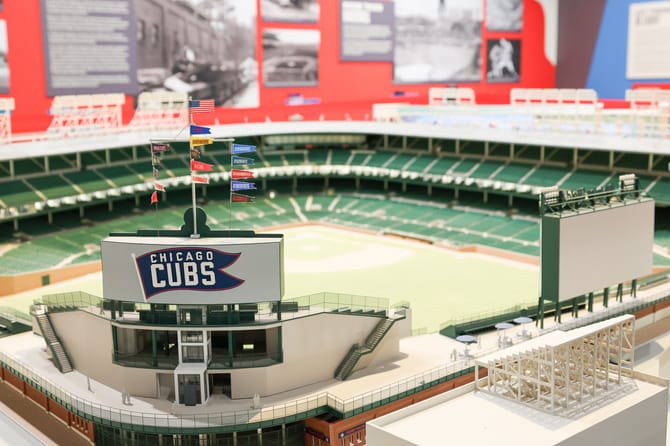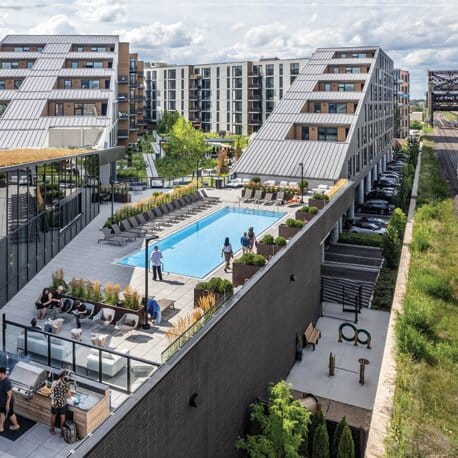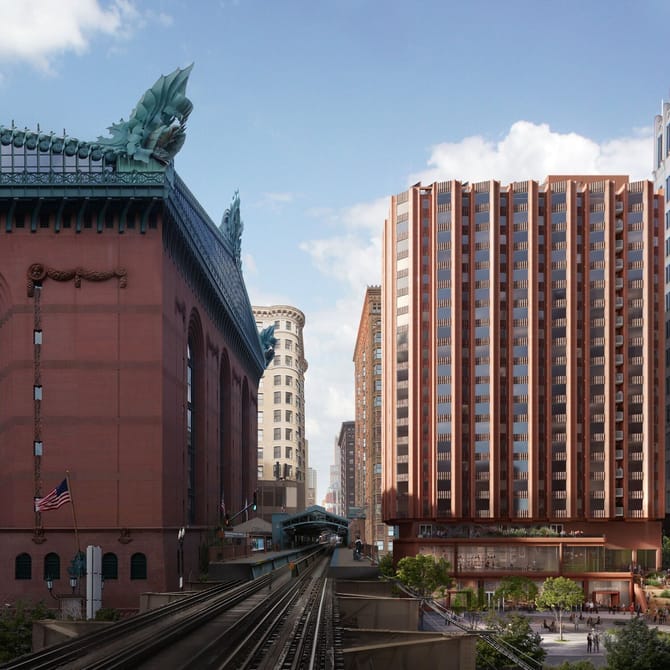Come explore the first floor of the Chicago Architecture Center featuring rotating installations focused on the history, present and future of the built environment in our city.
Location
Chicago Gallery (1st Floor)

Come explore the first floor of the Chicago Architecture Center featuring rotating installations focused on the history, present and future of the built environment in our city.
Location
Chicago Gallery (1st Floor)


The star attraction in the Chicago Gallery, featuring more than 4,000 buildings and interactive elements that tell amazing stories of the city.




This exhibition traces Wrigley Field’s journey from its 1914 origins as Weeghman Park to its current status as a National Historic Landmark, highlighting key renovations, its famous ivy-covered walls and its role in Chicago’s sports and cultural history.




As a city renowned for pushing architectural boundaries, Chicago continues its legacy of fostering designs that enhance both our skyline and community life. The Lerch Bates People's Choice Awards, administered by the Chicago chapter of The American Institute of Architects (AIA Chicago), exemplifies how contemporary architecture shapes our urban experience and creates spaces that inspire and serve the city's residents.
This award celebrates outstanding architectural achievements through a distinctive two-step process. First, Chicago Architecture Center's Docents and Volunteers reviewed submissions and selected finalists that embody innovation and beauty. Then, over 7,000 Chicagoans voted to determine the winners that best represent Chicago's architectural spirit.
Partner: AIA Chicago
Contributors: David Chase, Eve Fineman
Photo courtesy of AIA Chicago/ James Steinkamp.


This exhibition showcases a new urban planning and policy approach known as Transit-Oriented Development (TOD), which is gaining popularity in Chicago and all across America. TOD allows developers—and, by extension, architects—to shake free of outdated parking requirements and build denser mixed-use housing projects near busy public transit hubs. The result is a wave of new housing, more retail and pedestrian amenities, and fewer parking spaces.
Learn about this evolving story through several featured TOD projects in Chicago and get the bigger picture of how public policy can help advance a dream of creating more compact, walkable, and equitable communities in our cities.



